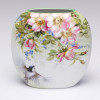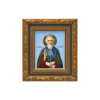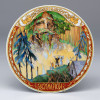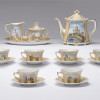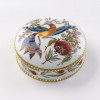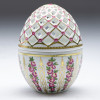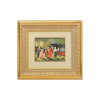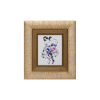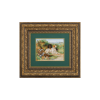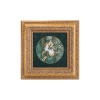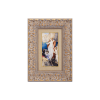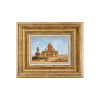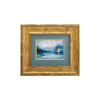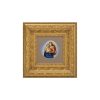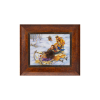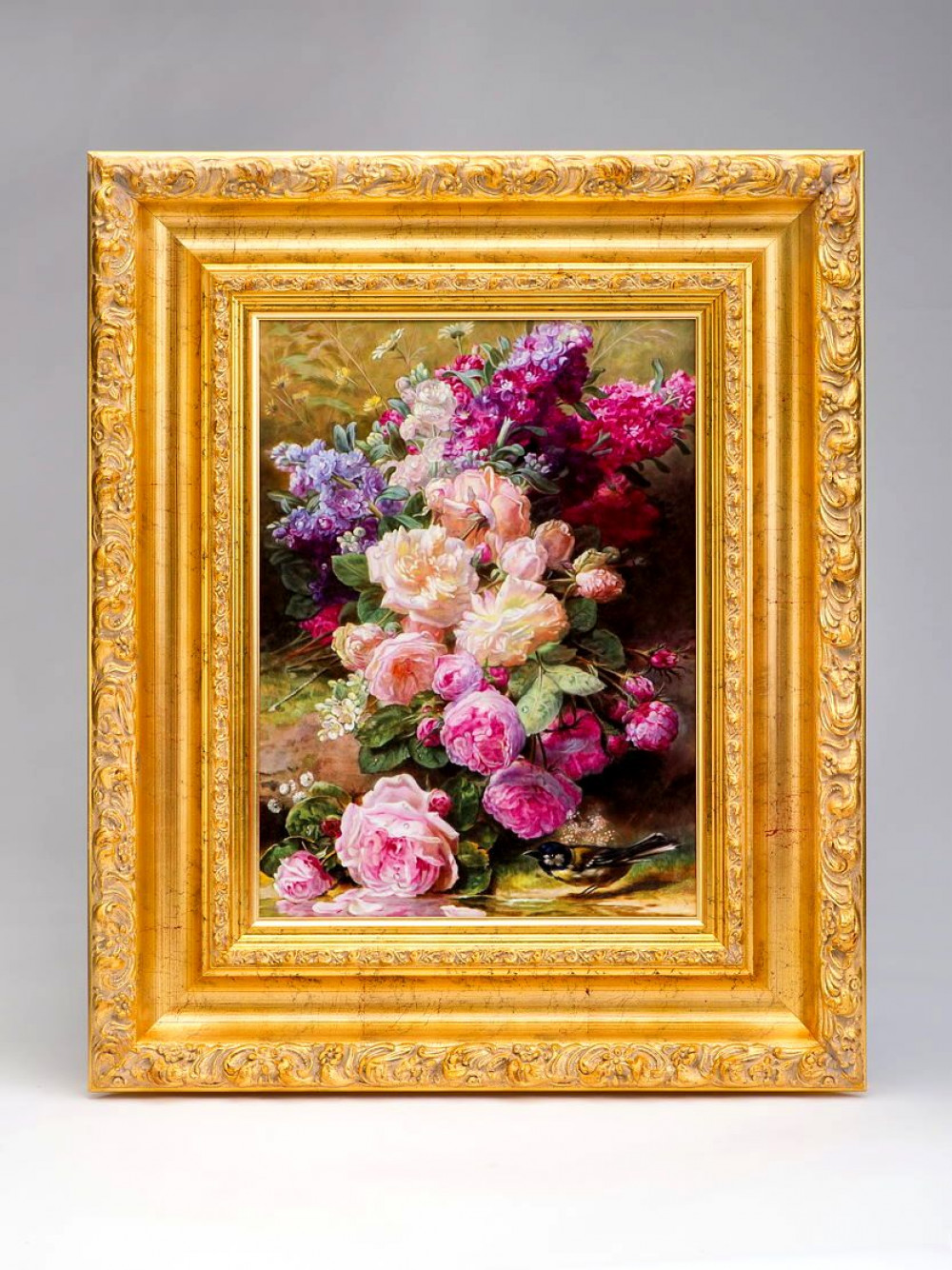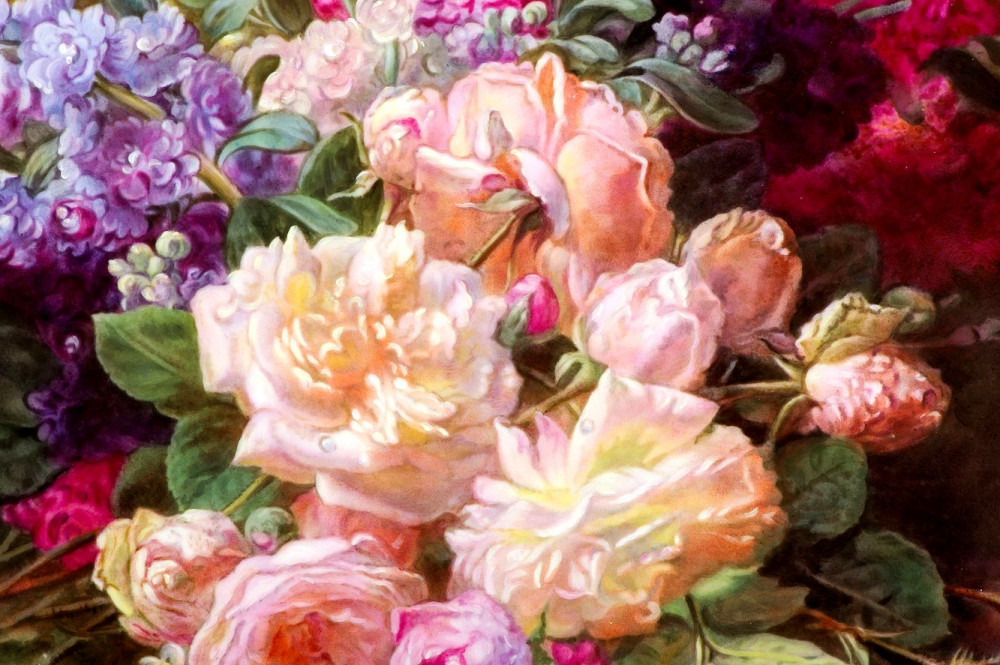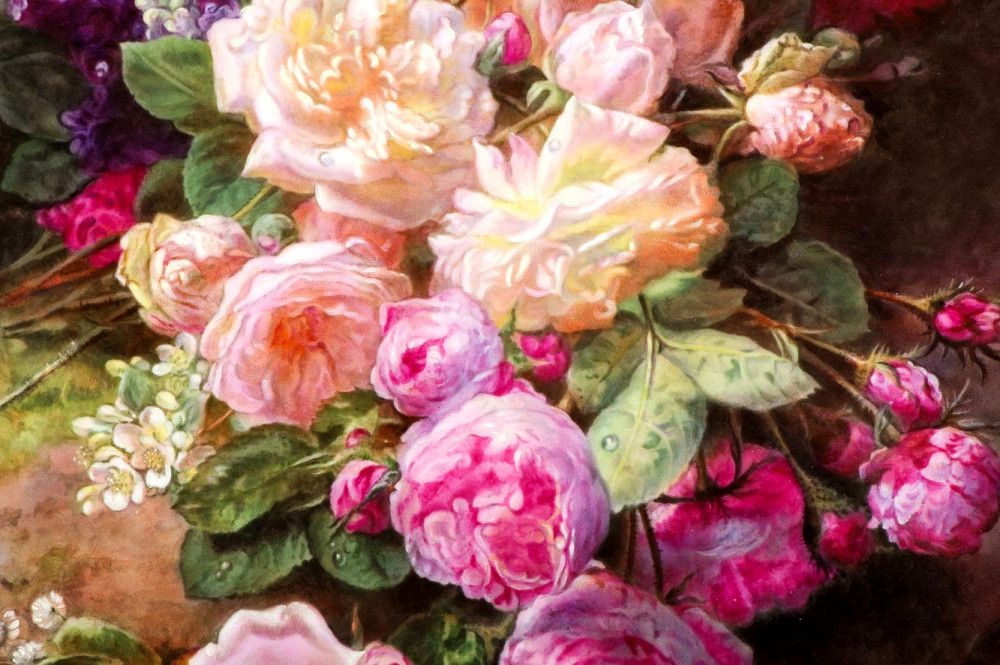You are here
A Bouquet with Roses
On the back of the panel is a trademark brand and a handwritten inscription in dark pigment: “A Bouquet with Roses”. Based on the painting by Jean-Baptiste Robie. Painted by Plaksina, T. 2018”.
The painting was created at the Andreyevskaya Porcelain Manufactory (APM) by the painter Tatyana Plaksina based on still life paintings of the outstanding 19th century Belgian artist Jean-Baptiste Robie. His magnificent still life paintings with flowers and fruits brought the artist worldwide fame. Extraordinarily lively and naturalistic still life paintings invariably delight the viewer with freshness, exquisite color, the completeness of the drawing and the virtuoso performance. These luxurious bouquets penetrated with the wonderful light and air can become an adornment for the most refined interior.
The artist’s brilliant expertise in porcelain painting and her talent enabled the APM artist Tatyana Plaksina (a porcelain painter with 20 years of experience) to recreate a still life of an outstanding level and complexity on a porcelain panel to convey the very breath of nature. Fresh roses and wildflowers are imbued with light; delicate thin petals and hard leaves with droplets of water trembling on them, reflect the sparkling light. The painting is detailed, with subtle transitions. The artist has expertly recreated the painter’s technique. The still life is created in bold short vibrating brush strokes with subtle color gradations.
Historically, the tradition of reproducing on porcelain paintings by famous artists goes back to the 19th century, the heyday of the porcelain industries in Europe and Russia. By the time, artists had achieved high levels of skill and would recreate for the aristocracy paintings on porcelain panels inspired by famous works of art, at the Imperial Porcelain Factory of the Russian Empire, at the Royal Porcelain Manufactory in Berlin and at Sèvres Porcelain Manufactory in France. Expensive porcelain paintings were regarded as a luxury, they were painted to order and framed in gilded frames; they decorated palace interiors and were presented as gifts.
Experts acknowledge that the technology of painting on porcelain is particularly complex, since it involves changes in pigment color through heat during firing. The process of creating a work on porcelain may take several months, and high levels of detail in the painting and the unique color scheme can only be ensured by the master meticulously following the technological process.
Before commencing work, the artist complies a technological chart for mixing pigments; trial colors are completed and a palette of shades is prepared. The painting is executed by applying layer-upon-layer of colored glazes, with many layers of detailed brush strokes, each of which must be fixed in the firing process. In addition, there is a specific temperature treatment scale for each pigment. The technological process of creating the panel included 8 firings at 730 to 820°C.
The porcelain panel with a reproduction of the still-life painting by J.-B. Robie demonstrates the high levels of technological and artistic skills achieved at the Andreyevskaya Porcelain Manufactory, and the company’s commitment to reviving the lost historical traditions of porcelain art.
The panel was produced as a single copy; it is mounted in a modern gilded frame.
